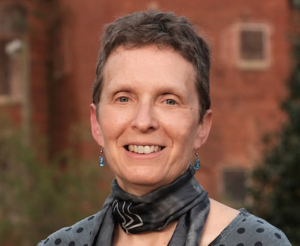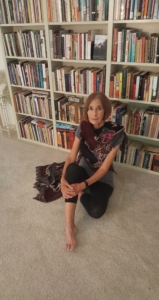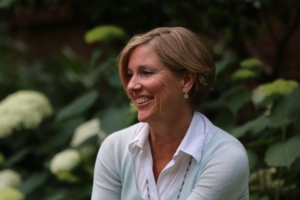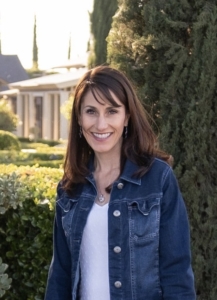Historical Fiction
The Past Comes Alive on the Page
The task facing the historical fiction writer is to bring research to life. In a journal article or history book, you might read that 19th-century American theaters were rowdy places in which audiences frequently booed actors off the stage. In contrast, a historical novel would take you into the boxes and “parquet,” or orchestra seating, and show the repercussions of a poor performance. This excerpt from my forthcoming novel, Dear Miss Cushman, set in the New York City theater world in 1852, demonstrates this idea.
When the audience began hissing, I knew Othello wasn’t going to end well. The response jolted me. We weren’t at the Bowery Theatre, where the audience in the pit tossed apples and vegetables onto the stage if a performance didn’t please them. The Prince Theatre was one of New York City’s finest establishments, catering to the upper ten.
Worse, the actor they hissed at was my father.
I was attending my first theatrical performance. Incredible, given that my father was a renowned leading actor, but Mama maintained that theater wasn’t a place for young ladies. For my eighteenth birthday, she gave in to my pleading and permitted Uncle James to accompany me to my father’s performance of the Moor, one of his most acclaimed roles. Mama insisted I have a new dress, and my sister Maude oohed and aahed over the sky blue taffeta until I wanted to take it off and give it to her. I myself put little stock in puffy lady things, especially in pastel hues. Plus, the heavy horsehair crinoline the skirt required for shape made beads of sweat trickle down my stomach.
Still, I could abide these discomforts if it meant I got to sit beside my dapper uncle in his lushly adorned box, draped with red and gold silk, and marvel at the glistening gas-jet chandelier that lit the space. Best of all, I got to watch my father tread the boards as I’d imagined him doing, in full costume and makeup for the Moor and sporting his prize sword.
We were barely one act in when Pa dropped a few lines. Then more—even the ones I ran with him that morning “for good measure,” as he’d urged. He’d appeared in Othello dozens of times, but now the role appeared to baffle him. Although the movement made my stays pinch, I leaned forward, mouthing the words, willing them into his memory.
Taunts rose slowly through the cavernous parquet. Pa squinted toward the footlights in bewilderment….
The audience response crescendoed into boos. Uncle James colored crimson. “We’re leaving,” he announced, spittle collecting at the corners of his lips. He tugged me to my feet. “Now, Georgiana.”
Paula Martinac is the author of the forthcoming historical novel Dear Miss Cushman (Bywater Books, December 2021), and six others, including Testimony; Clio Rising, Gold Medalist, Northeast Region, 2020 Independent Publisher Book Awards; and The Ada Decades, a finalist for the 2018 Ferro-Grumley Award in LGBTQ Fiction. Out of Time, her debut novel, won a Lambda Literary Award. She has received fellowships from North Carolina Arts Council and the Arts and Science Council and teaches in the creative writing program at UNC Charlotte.
EXPLORE HISTORICAL FICTION WITH PAULA: Join Paula for Writing Historical Fiction online. Historical fiction has the power to bring people and places from the past to life. If you’re drawn to this genre (or one of its sub-genres, like historical mystery or romance), this class will provide you with motivation and skills to start writing. By the end of the class, you will have a scene or chapter for a work-in-progress or an outline and character biographies that give you a solid path forward. This class meets on three Tuesdays, November 30, December 7 and 14, 6:00-8:00 p.m. More information here.




